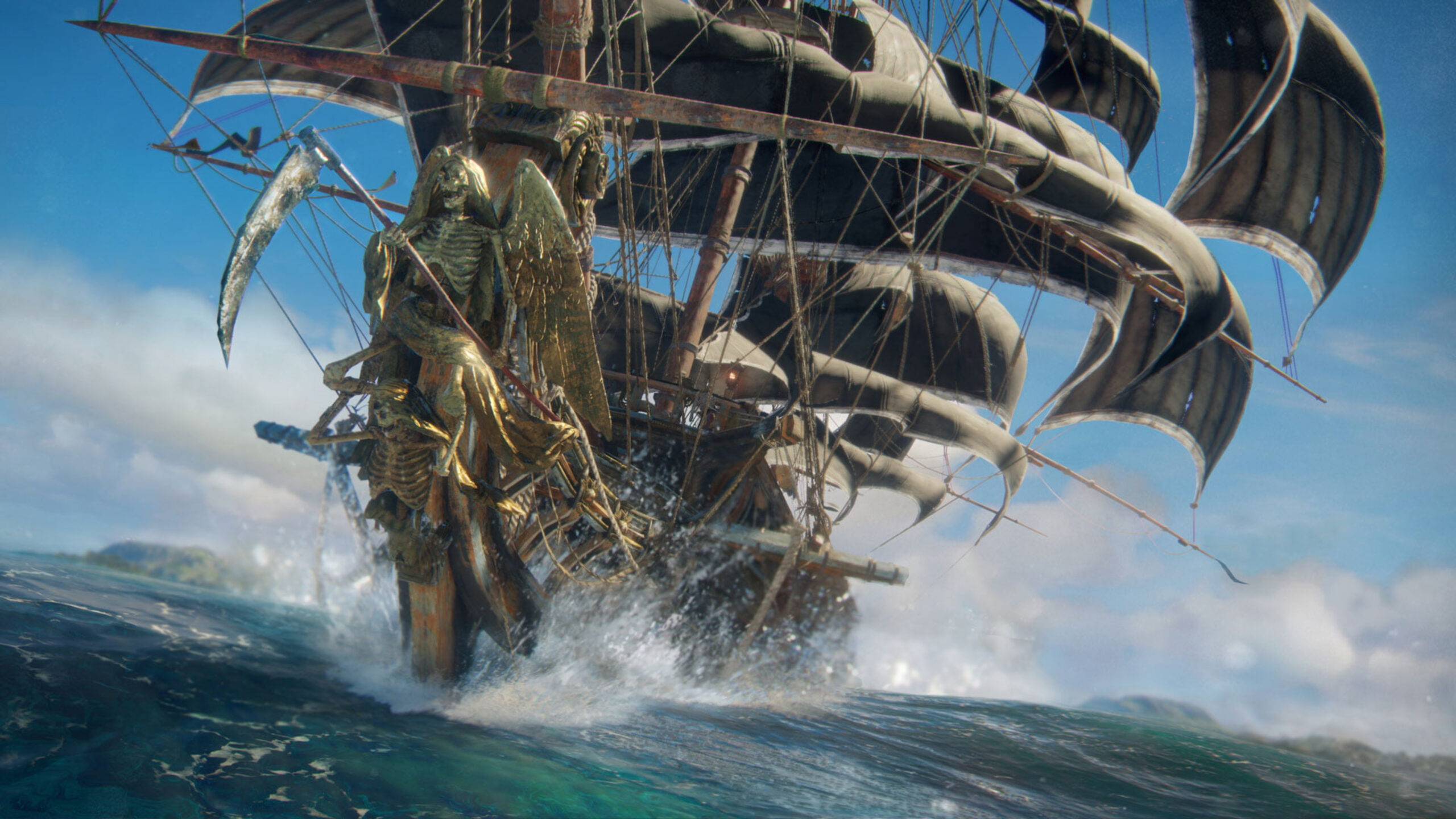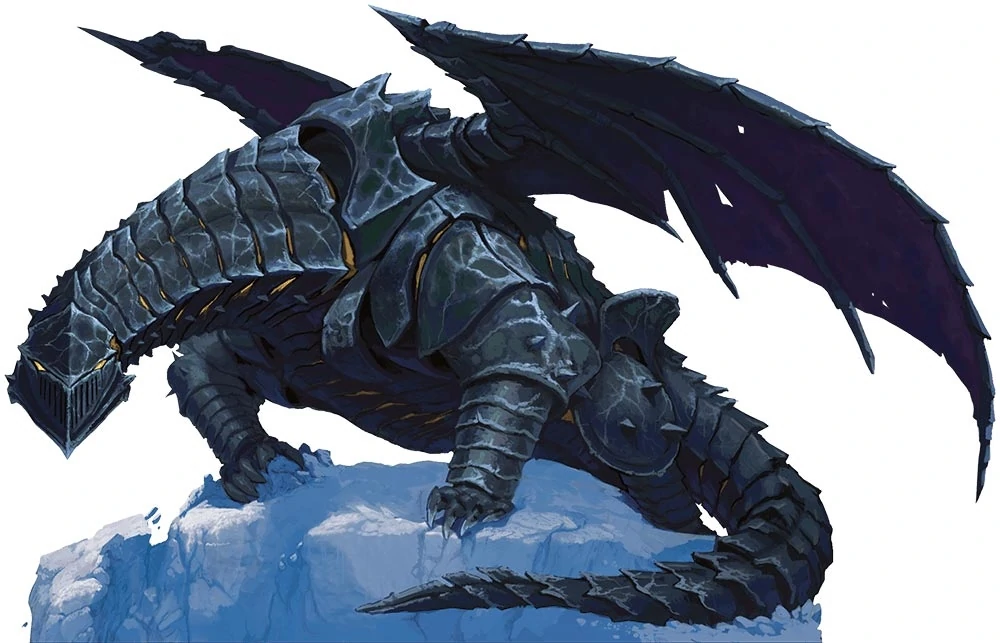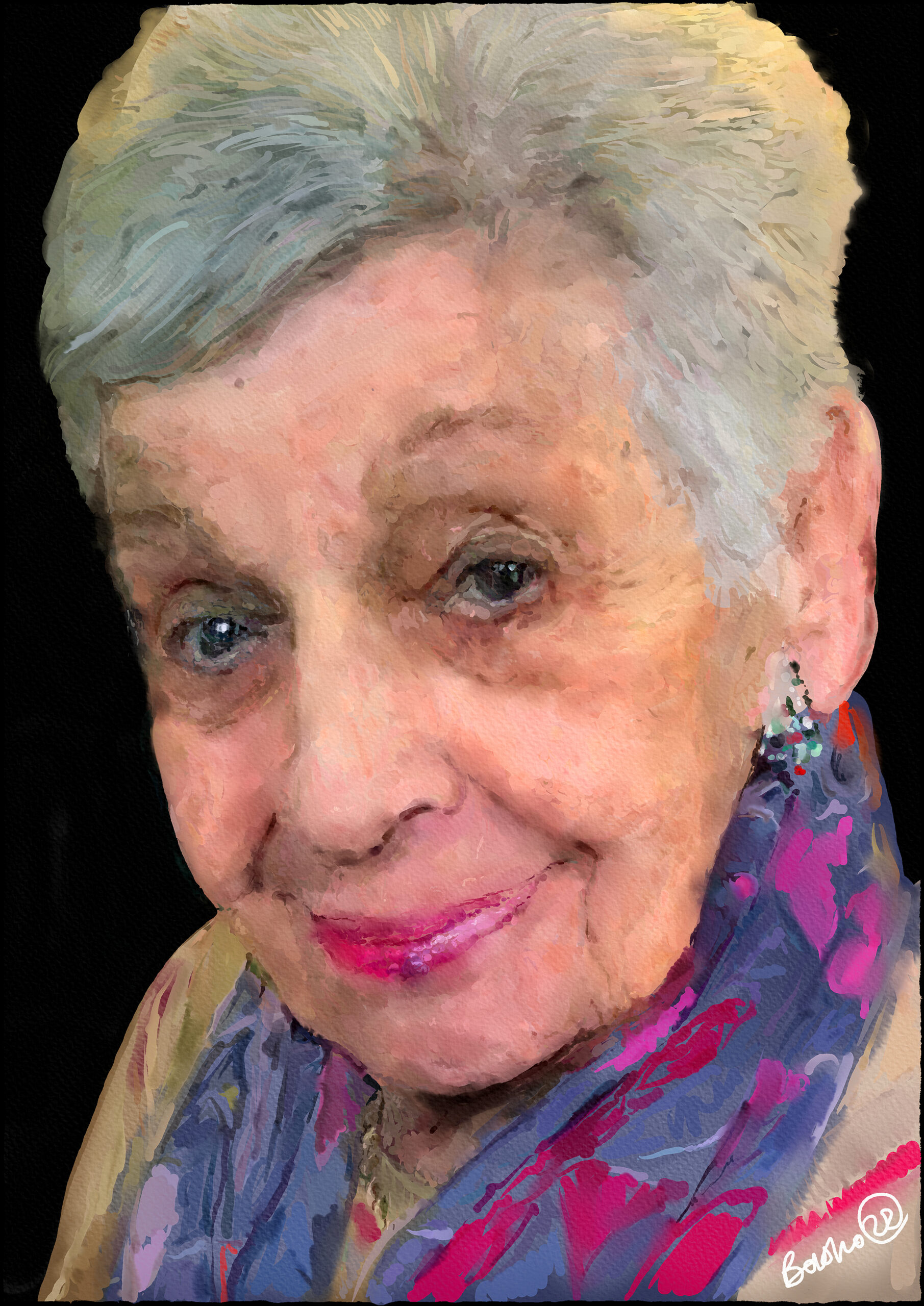It is said that you can only truly know someone by fighting them, for in the stress of combat the mind of the other is laid bare: their intentions, their fears and their mental balance. However, this is when facing an untrained mind. The master’s mind is like the void states of Zen Buddhism known as Mushin and Zanshin, the flowing stream and the rock in its centre, from which actions flow without recourse to any thing, not even a simple desire for victory. When fighting someone with such a mind state it becomes impossible to discern his intentions and thereby incredibly difficult to defeat him.
His mind is empty.
An “Empty” mind is the true meaning of the word “Kara” in “Karate” and not, as is commonly repeated, “unarmed”. A master’s mind is so “in the moment” that there is no thought before action at all; he just does.
Where does that ability come from? What are the teachings that explain this? It is an oft-repeated belief, whispered between those who practice the martial arts, that there are secrets to be found in the teachings Secrets of striking, secrets of technique and even secrets hidden in plain sight. Different arts have many versions of these legends. Most common is the supposed perfection of the long dead masters – who usually died with just enough time to pass on the secrets to a select few, either in the form of a manual or perhaps a special kata. Also common is the idea of the “true” secret being hidden in the most basic teachings; the end-is-the-beginning, so to speak. For example one may be taught to block a simple attack, but then many years later be informed that the block is actually a grab, timed differently, and that this was the secret teaching all along. This sort of thing is the source of the famous “wax on, wax off” teachings of Mr. Miyagi in The Karate Kid movies. Movies written by a GoJu-Ryu practitioner.
This is also an underlying thread in Goran Powell’s novel named after the founder of GoJu-Ryu Karate, Chojun Miyagi; The real Mr. Miyagi. Goran himself is a senior black belt in this style and so is ideally placed to recount his founders searches for the truth through his art. This is Goran’s second historical fiction novel after 2010’s vivid account of the legendary founder of Zen Buddhism, Bodhidharma, in A Sudden Dawn. In a way this could be a sequel to that work as the insights into the relationship between mind and body, brought to China by Bodhidharma, heavily influenced the development of all the martial arts when Chinese culture spread through the countries of the East.
One such country was the island of Okinawa. This large island stands as a crossroads between Japanese and Chinese cultures (both country’s claim ownership of it) and the arts of the native people are heavily influenced by the pair. The masters of Okinawa were people searching for true meaning through training the body and mind to become one. In Karate, destruction of the opponent is not the goal, rather it is improvement of one’s self through the iron-forge of the will to become something greater, something more “in touch” with the high philosophies of China and Japan.
As Chojun himself said, “the ultimate aim of karate-do was to build character, conquer human misery, and find spiritual freedom”
Deep mysticism meets iron practicality.
Such a crucible of cultures produced many of the primary Karate styles including the 100-times-folded steel of GoJu-Ryu, which is part Daoism, part Zen and all Okinawan. Its teaching approach is stoic, tough and its masters display a great practical wisdom. This is the Chojun found in this novel; a man searching for secrets and finding answers in the simple and relentless training of his body and by proxy his spirit. Reading some of his writings, those that can be found on the web, one finds a man who freely used Daoist and Buddhist terms in his descriptions of his art. So, it seems to me that his search led him to the realisation that strong Karate is the pure connection between mind and body.
We view the great man through the eyes of fictional student Kenichi Ota, who senses, from the first moment of meeting Chojun during a typhoon, something very noble and deep in the graceful power the master exudes. Kenichi’s eyes are those of a child gazing in wonder at this father-figure. Chojun is a man of humble honour, great humour and love for those around him. This master-student relationship is at the core here, as it was in the previous account of Bodhidharma.
Both characters are cruelly buffeted by the winds of war and fated to live through the last horrible acts of WWII. Truly, the American assault on Okinawa was brutal for all those involved (Japanese losses: 107,539 soldiers killed and 23,764 sealed in caves; 10,755 captured. U.S. losses were over 62,000 casualties with 12,500 killed or missing. Okinawan civilian loses: 142,058, which is 1/3 of the population!) There is a strong argument that the spirited defence led to the Americans rethinking the invasion of Japan itself. A revaluation that led to the most heinous consequences imaginable. The truth is that the nuclear bombardment of Japan was unnecessary from a military point of view, as Japan was going to surrender anyway (the now-undefeatable Russians declaring war on Japan closed off all hope), however the American’s knew that only a killing blow would force that surrender to be unconditional. Those tragic and monstrous events also affected the personalities and relationships of everyone who survived them, but Goran avoids the temptation to make this a plot point to divide the protagonists of the story; deciding wisely to stick to the truth of what actually happened. On the fictional side Kenichi grows up and his struggles threaten to define him, until one pivotal point when the master’s voice resounds in his mind. This is a position I feel most can relate to, that deep relationship with a teacher coming to mind as a guide, be it a martial master, Jesus or Ghandi.
In writing style Goran reminds me of Clavell (Shogun) or Yoshikawa (Musashi) in that his work is simply structured, skilfully produced and a joy to read. At several moments I was moved by the narrative to wiping away a few tears of either joy or sorrow (but then I know the history really well from my degree studies into the ethics of nuking Japan).
In the end, Chojun himself remains somewhat of an enigma on the page and necessarily so. His great achievement was to found a style that has not only endured, but has grown to become one of the preeminent Karate movements in the world today.
Goran paints a picture of him that exemplifies the man, re-formulating the legend, but still manages to make him feel very human – something that could only come from the author’s deep love for his art.
As I wrote at the beginning of this article, it is said that you can only truly know someone by fighting them. Well, I have fought Goran Powell (when I was his student for a short time) and in combat truly his mind was as a void, but I think that – through reading this book – I can at least claim to know something of his heart.
Regards,
Basho









